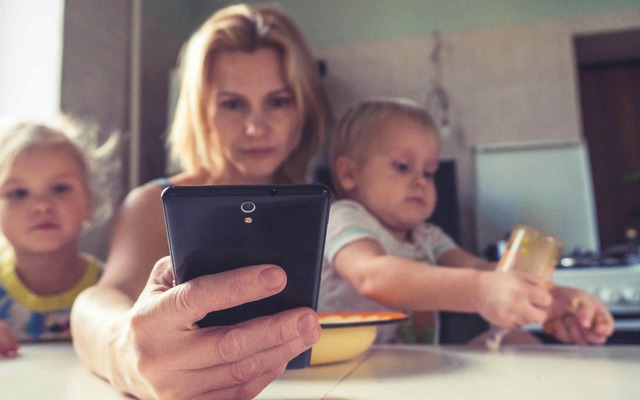

Televisions, tablets, smartphones and computers are a part of our daily lives, and whether we like it or not, screens are here to stay. Navigating the right balance between allowing children to explore the digital world and having screen-free time can be difficult. Technology offers some great content and interactive experiences that can engage, educate, and entertain children. However, excessive screen time can negatively affect children’s sleep, behavior, physical activity, and mental wellbeing.
Screen time guidelines can be confusing and at times impractical for the real, digitally-focussed world we live in. Such guidelines are also unable to consider the specific contexts for individual children and families, which may change over time or vary when new circumstances arise. Australia’s Office of the eSafety Commissioner (2024) states:
There is no magic figure [for optimal screen time]. The right amount of screen time can depend on a range of factors like your child’s age and maturity, the kind of content they are consuming, their learning needs and your family routine.
It can be easy to focus only on the clock, but the quality and nature of what they are doing online, and your involvement, are just as important.
To create healthier and better-quality screen time experiences for children, parents and carers can implement several strategies, depending on their child’s age and maturity. These include:
- Establish a ‘Family Media Plan’ that includes clear rules about when and where screens can be used. Consider making certain times, such as mealtimes and bedtime, screen-free zones. Involve children in setting the rules around screen time to promote a sense of ownership and agency.
- Make a conscious effort to engage in screen-free activities as a family. For example, have a regular time in your family’s schedule for physical activity outdoors, such as a daily visit to the park or weekend or evening sports, or set aside routine times for art, craft, reading or music. Again, involving children in choosing activities will encourage them to be more engaged in these.
- Model healthy screen habits that are in line with the family’s media plan and be mindful of not becoming constantly distracted by notifications. Demonstrating a healthy relationship with technology can set a positive example for your child.
- Be selective about digital content that suits your child’s age and interests. High-quality programs and apps should promote your child’s curiosity, learning and creativity, and give them opportunities to be active participants in the content.
- Monitor the digital content being consumed by watching it with children and discussing what they see with them. Ask questions, make connections to their real-life experiences, and encourage them to think critically about the content.
Conclusion
In our increasingly digital world, it is virtually impossible to eliminate screen time entirely from children’s lives. Technology also plays an inherent role in our everyday lives, and when used thoughtfully, and with parental input and guidance, screen time can benefit children’s learning, development, and social skills.
Contact Us
If you have any questions or would like more information, please email us at childrensservices@theinfantshome.org.au.
Reference
The Office of the eSafety Commissioner. (2024). Screen time. Retrieved from https://www.esafety.gov.au/parents/issues-and-advice/screen-time